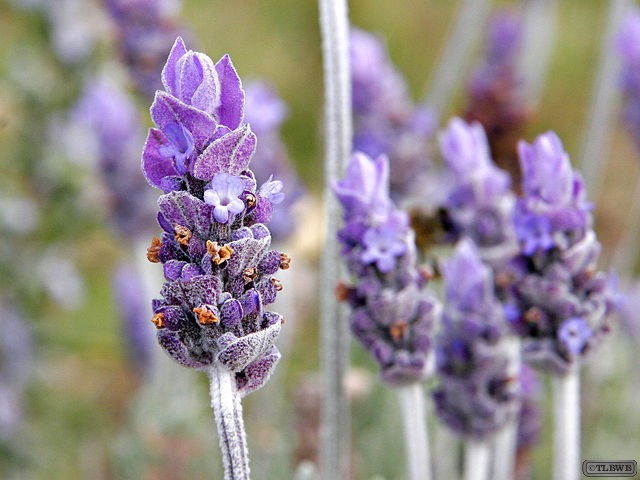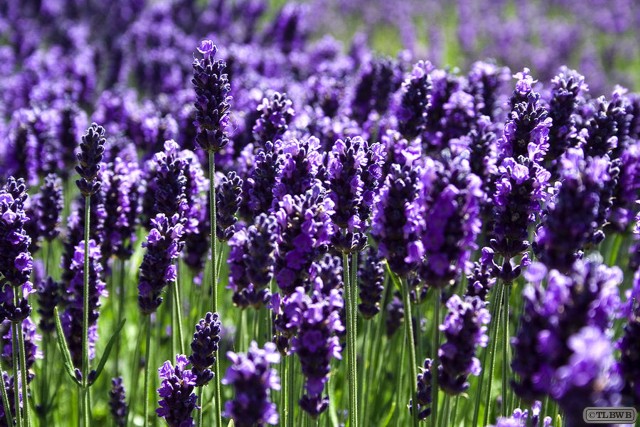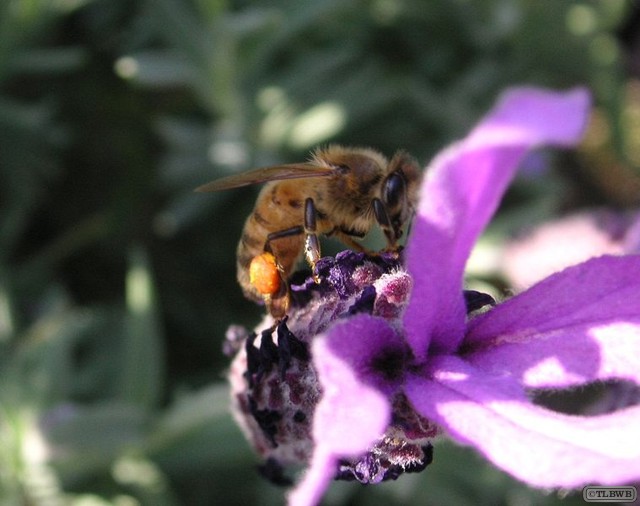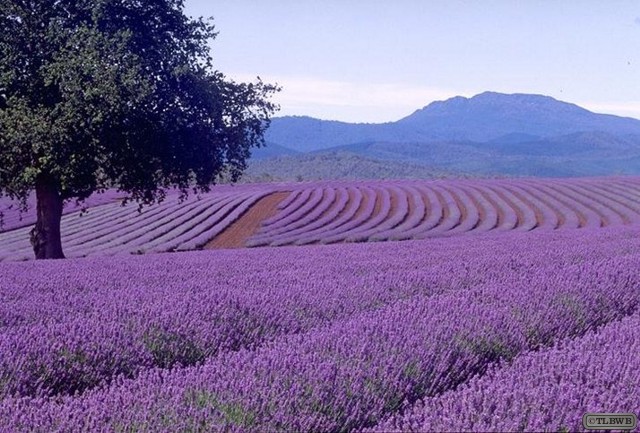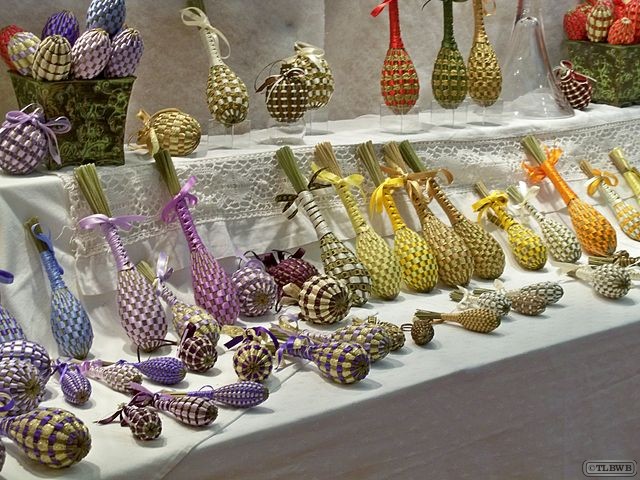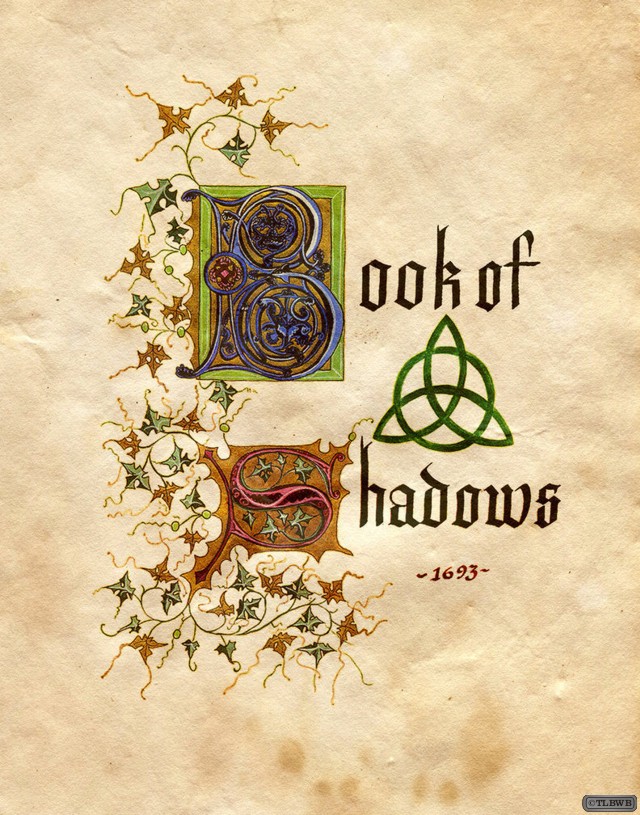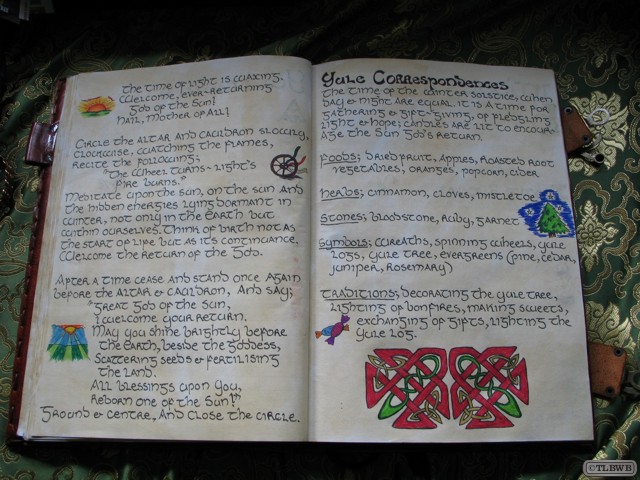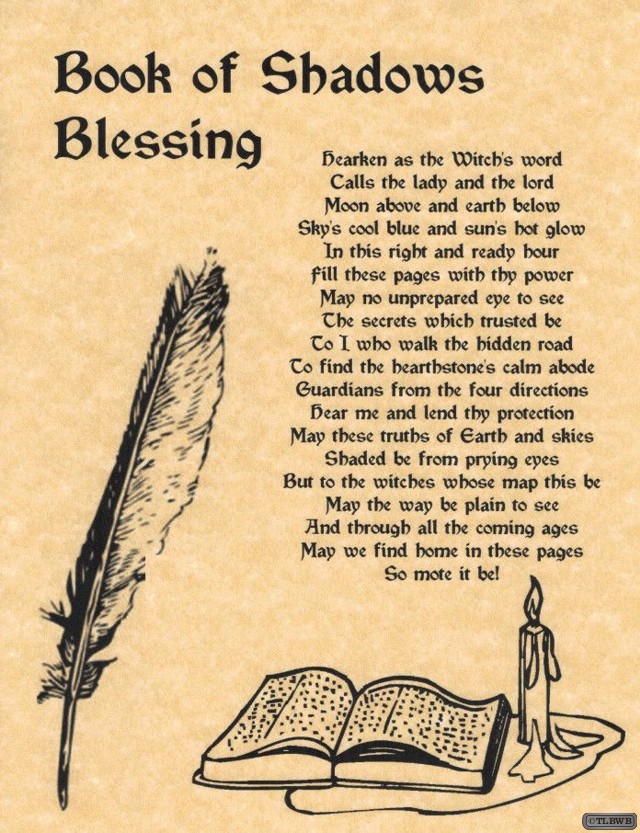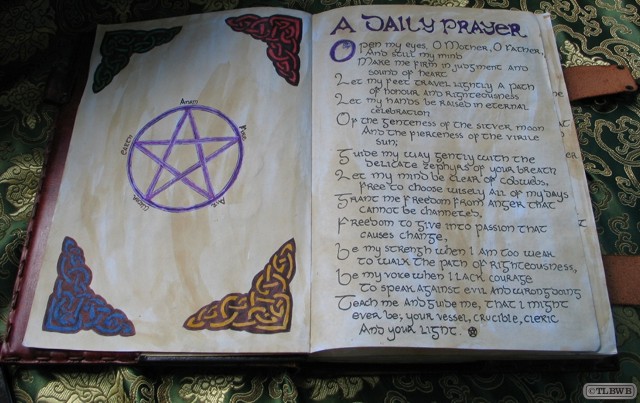Celebrating the Litha – Summer Solstice
Participants
High Priest
High Priestess
Material Needed
Traditional Foods: Garden fresh fruits and vegetables are made into a variety of dishes and eaten by Pagan’s who choose to celebrate this day.
Herbs and Flowers: Mugwort, Vervain, Chamomile, Rose, Honeysuckle, Lily, Oak, Lavender, Ivy, Yarrow, Fern, Elder, Wild Thyme, Daisy, Carnation.
Honey: Our lovely bees are now making honey. Midsummer full moon is known as the ‘Honey Moon’ for the mead made from honey now available. This is often part of handfastings performed at the Summer Solstice. Mead is regarded as the divine solar drink, with magical and life-restoring properties. Drink to celebrate and toast the life-giving abundance of the Sun.
Incense: Lemon, Myrrh, Pine, Rose, Wisteria.
Woods Burned: Oak.
Sacred Gemstone: Emerald.
Before The Ceremony
High Priest
Clean the tools and ingredients with Copal-Cinnamon incense.
Statement Of Intent
High Priest
The Goddess at Litha
At the Summer Solstice, the Goddess is the Generous Mother, Freya, Flora, Habondia, she who gives life and fruitfulness to all her children. Everything in nature is generous – otherwise we could not live. The apple tree makes hundreds of apples every year, when only one seed in one apple would be enough to reproduce the tree. Bees make honey so that the hive can survive the winter, but they keep on working all summer long, storing enough to share. Life could exist without climbing roses, striped butterflies, songbirds, raspberries, or wildflowers, but the Goddess keeps making new forms of beauty for us to enjoy.
The Goddess at Summer Solstice gives us not just what we need, but extra. We can feel close to her by being generous, giving more than were asked to give, and doing more than just our fair share. That way, we make abundance for all.
The rose is the Goddess symbol at this time of year. Roses bloom abundantly in June, and we can take joy in their sweet scent and the lovely colors of their petals.
Opening Of Circle
Together
(Walking clockwise from East)
By the air that is her breath
By the fire that is her bright spirit
By the living waters of her womb
And by the earth that is her body
The circle is cast,
(Tie the knot of the circle)
So Mote It Be!
Invoking The Watchtowers
Together
East (Air)
Hail to thee Guardians of the Watchtowers of the East,
The powers of air.
We welcome you all to our circle today.
So Mote It Be!
South (Fire)
Hail to thee Guardians of the Watchtowers of the South,
The powers of fire.
We welcome you all to our circle today.
So Mote It Be!
West (Water)
Hail to thee Guardians of the Watchtowers of the West,
The powers of water.
We welcome you all to our circle today.
So Mote It Be!
North (Earth)
Hail to thee Guardians of the Watchtowers of the North,
The powers of earth.
We welcome you all to our circle today.
So Mote It Be!
Invoke The God And Goddess
High Priest
I now do call the Eternal God to our circle today, send thy Spirit forth! Pierce our Sacred Circle with thy vibrant presence. Flow through our bodies this day. Blessed be the Eternal God.
High Priestess
I call the Eternal Goddess to our circle today, send thy Spirit forth! Pierce our Sacred Circle with thy vibrant presence. Flow through our bodies this day. Blessed be the Eternal Goddess.
High Priest
The Circle is cast; we are between the worlds. In this place that is not a place, in this time that is not a time, with a willing suspension of disbelief, we consider the possible, explore the probable, and question the truth.
So mote it be!
Together
May the place of this rite be consecrated before the gods. Eternal Gods and Goddesses of Nature are with us.
Blessed Be!
High Priestess
Be with us here, O beings of the Air may your warmth bring us love and success!
(High priestess lights incense)
High Priest
Be with us here, O beings of the Fire may your presence give us the strength so that our future is bright!
(High priest consecrates and lights the large candle)
High Priestess
Be with us here, O beings of the Water may your presence enlighten us with your wisdom!
(All drink sherry from the glass)
High Priest
Be with us here, O beings of the Earth may your presence bring us joy that will be long lasting!
(High priest scatters salt on altar)
Ceremony Begins
High Priestess
All through the first half of the year, since his birth at the Winter Solstice, the God has been growing into this life in the visible, tangible world. Now, at the Summer Solstice, he transforms. The daylight is longest and strongest at this time, but now the power of night must begin to grow again. Everything and everyone who fulfills their purpose must change. The God dies in this world in order to be born into the Otherworld. Before, he was awake in this world and asleep in the Dreamworld. Now he becomes the Dreamer, asleep in this world but awake in the world of dreams and visions, the seed of what will come to be in this world. He becomes the Messenger, carrying our hopes and prayers to the spirit realms.
Blessed Be!
High Priest
Behold the God and Goddess, Lord of the Forest and his Bride, once again the Earth is blessed by their presence.
So mote it be!
High Priestess
This is the time of purification, and a renewing of life. This is the time of the quickening. At this time and in this place between the worlds, I come into the presence of the Lord and the Lady that I may gain wise and truthful counsel.
Blessed Be!
Together
Every beginning has an ending, and every ending is a new beginning. In Life is Death, and in Death is Life. Watch over us, loved ones, and all of our Brothers and Sisters, here and departed, who, tonight are joined together again for fellowship and celebration. Bless us all as we light our bonfires, our hearth fires, and the eternal fires in our hearts. Guide us and protect us, tonight and throughout the coming year.
Blessed Be! Blessed Be!
High Priest
Places a pinch of salt on each member’s tongue. My body is salt, taste the breath of death.
High Priestess
You are entering a space of perfect freedom as each visualizes their hopes for their life to come with the coming of the Sun, places a drop of honey on each member’s tongue. Taste the sweetness of life.
Together
Looking at the candle I who have died am alive again today, and this is the sun’s birthday! (repeat)
This is the birthday of life and love and wings, and the great joyous happening inimitably earth. We are born again, we shall live again! (repeat).
The Sun Child, the Winterborn King!
High Priest
Lord, You who is the freedom of the wild things, the bright sun that lights the day, the mystery of the forest, he resolve in the heart of humanity, we welcome you in our midst for you are the body of nature who gives life to the universe. We thank thee for all the good and the bad that happened to us in the past year. The good as it makes our lives happier. The bad as it makes our souls stronger and strengthen our resolve to do better.
So mote it be!
Together
So mote it be!
High Priestess
The old solar year has run its course and completed its cycle. So has some of our habits or traits completed their cycles and outlived their usefulness. This is a time for shedding that which is no longer needed. Take a few moments now to consider which things you would leave behind as you go into the coming year.
So blessed be!
(Pause)
As the old year dies away so to will these old ways will fade into memory.
So mote it be!
Together
So mote it be!
Together
(Consecrates the assorted small candles with oil and then light them)
Water, Air, Fire, Earth
We celebrate the Sun’s rebirth
On this dark and longest night
We burn the sacred candles bright
We thank thee for the light of the sun
Hail to thee, O Great Horned One
So mote it be!
Spellwork
(Spellwork & Magic are anything but supernatural for most Wiccans and Pagans. Learn about magical theory, how energy is manipulated, choosing your magical name, herb and candle magic, and protection rituals. Also covered: should you pay someone else to cast a spell for you?)
(This is a Midsummer Charm to help bring abundance to your kitchen, joyous celebration, bonfire, barbeque and feel free to include dancing, clapping and music)
Conclusion
High Priest
May the rest of this year bring us happiness! We shall never forget the turning of the wheel, only then in the forgetfulness and neglect will it fail us.
So mote it be!
Together
So mote it be!
High Priestess
By earth and water, air and fire hearken onto my desire my home be charged by magic charm safe protected from all harm blessed with health, vitality by Sun and Earth, by three times three in love and trust.
So mote it be!
High Priest
By this act of faith I proclaim my belief in my place on the Eternal cycle of life blessed be the Great Rite the God and Goddess reign eternal.
Dismiss Watchtowers
Together
We thank you for joining our ceremony today. As ye depart to your mighty realms, we bid thee Hail and Farewell, and harm ye none on your way.
So Mote It Be
North (Earth)
Hail to thee Guardians of the Watchtowers of the North.
The powers of earth.
We thank you all for joining our ceremony today. As ye depart to your mighty realms, we bid thee Hail and Farewell, and harm ye none on your way.
So Mote It Be!
West (Water)
Hail to thee Guardians of the Watchtowers of the West.
The powers of water.
We thank you all for joining our ceremony today. As ye depart to your mighty realms, we bid thee Hail and Farewell,aAnd harm ye none on your way.
So Mote It Be!
South (Fire)
Hail to thee Guardians of the Watchtowers of the South.
The powers of fire.
We thank you all for joining our ceremony today. As ye depart to your mighty realms, we bid thee Hail and Farewell, and harm ye none on your way.
So Mote It Be!
East (Air)
Hail to thee Guardians of the Watchtowers of the East.
The powers of air.
We thank you all for joining our ceremony today. As ye depart to your mighty realms, we bid thee Hail and Farewell,and harm ye none on your way.
So Mote It Be!
Open The Circle
Together
(First cut the knot. Walking counterclockwise from East.)
By the air that is her breath
By the earth that is her body
By the living waters of her womb
And by the fire that is her bright spirit
The circle is open but not unbroken.
May the joy of the Goddess live in our hearts
Merry Meet,
Merry Part,
And Merry Meet Again!
The Lost Bearded White Brother

